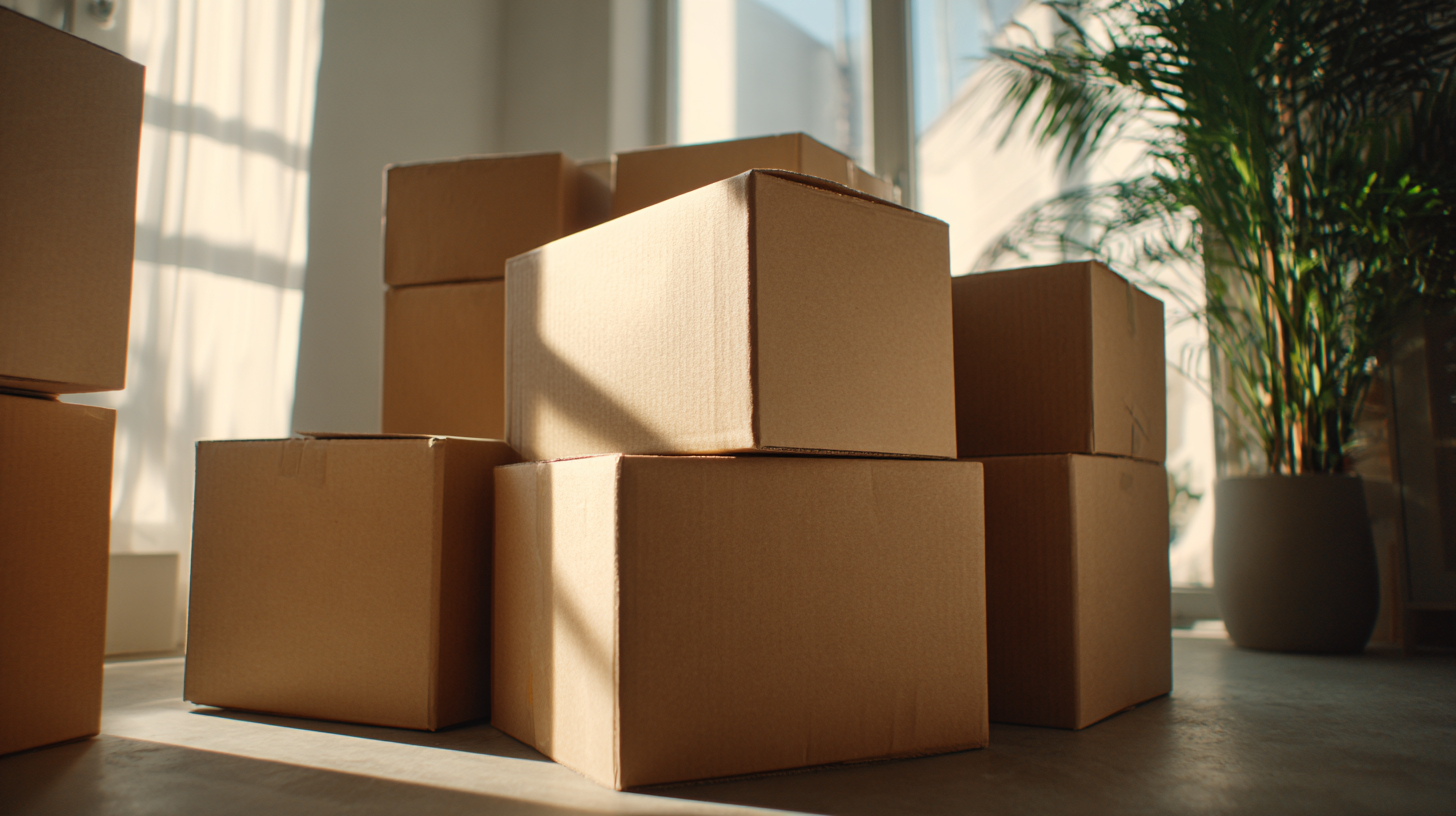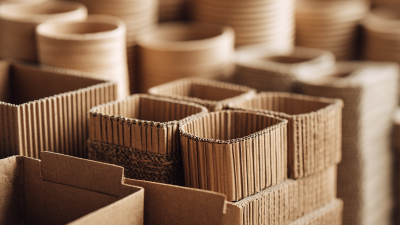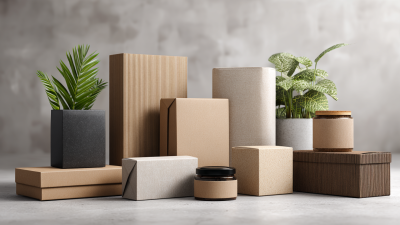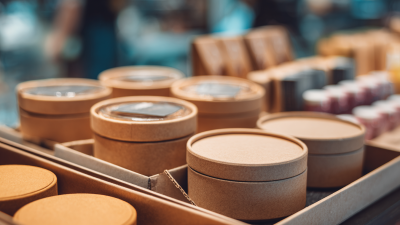The imperative for sustainability in packaging has never been clearer, especially in the face of a rising global concern for environmental preservation. According to a report from Smithers Pira, the global green packaging market is expected to reach $450 billion by 2027, highlighting the growing demand for eco-friendly solutions.

Among these solutions, foam packaging has emerged as a pivotal player, known for its lightweight, cushioning properties that enhance protection during shipping. However, traditional foam materials have often been criticized for their environmental impact, contributing to significant landfill waste. To address these concerns, innovative approaches to foam packaging are being explored, including the development of biodegradable and recyclable alternatives.
By integrating sustainable practices into foam packaging production and usage, companies can not only meet consumer demand for greener options but also align with regulatory pressures aimed at reducing plastic waste. This article delves into the future of foam packaging solutions that prioritize environmental stewardship while promoting efficient and effective shipping.
Innovative material sourcing is at the heart of developing sustainable foam packaging solutions that address the growing demand for eco-friendly shipping. By prioritizing the use of renewable resources and biodegradable materials, companies can significantly reduce the environmental impact of their packaging practices. For instance, sourcing materials from plants such as sugarcane or algae not only decreases reliance on fossil fuels but also supports a circular economy, where materials can be reused and recycled seamlessly.
Furthermore, the integration of advanced manufacturing technologies enables the creation of foam products that are both lightweight and strong, reducing the volume of materials needed for shipping. This strategic sourcing approach allows businesses to innovate while still adhering to sustainability principles. Collaborating with suppliers who prioritize eco-friendly practices ensures that the entire supply chain contributes to minimizing carbon footprints. As the industry moves towards more responsible packaging solutions, innovative material sourcing emerges as a pivotal factor in shaping the future of sustainable foam packaging.

The advancement of technology plays a pivotal role in enhancing eco-friendly shipping methods, particularly through innovative foam packaging solutions. According to a 2022 report by Smithers, the global market for sustainable packaging is expected to grow to $400 billion by 2027. This surge is driven by the increasing demand for environmentally responsible practices in the shipping industry. Technology enables manufacturers to develop biodegradable foam packaging materials that break down more efficiently than traditional polystyrene, substantially reducing environmental impact.
Moreover, advancements in production techniques, such as the use of recycled materials and optimization of material usage, lead to less waste and lower carbon emissions. Data from the Ellen MacArthur Foundation indicates that transitioning to biodegradable packing materials could significantly reduce plastic waste, with the potential to cut down 30 million tons of plastic pollution annually by 2030. Companies adopting these methodologies not only meet regulatory requirements but also appeal to a growing segment of environmentally conscious consumers.
**Tips for Sustainable Shipping:**
1. Evaluate your shipping materials regularly and switch to biodegradable or compostable options when possible.
2. Invest in technologies like IoT sensors to monitor supply chain efficiency and reduce excess packaging.
3. Consider consolidating shipments to minimize carbon footprints and reduce overall shipping frequency.
| Packaging Type | Material | Recyclability | Biodegradability | Cost (per unit) | Insulation Properties |
|---|---|---|---|---|---|
| Air Pillows | Recycled Plastic | Yes | No | $0.15 | Good |
| Foam Wrap | Plant-Based Biofoam | Yes | Yes | $0.25 | Excellent |
| Molded Foam | Seaweed Foam | Yes | Yes | $0.45 | Very Good |
| Starch Peanuts | Biodegradable Starch | Yes | Yes | $0.05 | Good |
| Bubble Wrap | Recycled Polyethylene | Yes | No | $0.20 | Good |
The shift towards sustainable practices in packaging has led to the rise of innovative foam solutions that not only protect products during shipping but also minimize environmental impacts. Companies like BioFoam have adopted a biodegradable foam made from natural materials, which decomposes effectively without leaving harmful residues. The implementation of such eco-friendly packaging has demonstrated significant reductions in carbon footprints, propelling both the company and its clients towards greener practices.
Another case study is presented by GreenPack, which introduced a line of recycled foam packaging. By repurposing waste materials, GreenPack has managed to create durable foam that offers the same level of protection as traditional options. Their partnership with logistics companies has shown that using recycled materials can be both economically and environmentally beneficial, enhancing their brand image while fulfilling sustainability goals. These successful implementations underscore a growing trend where businesses are actively seeking innovative packaging solutions that align with ecological responsibility.
The biodegradable plastics market is experiencing significant growth, with a projected value of $3.76 billion in 2023, expected to reach approximately $39.8 billion in 2024 and surge to $6.32852 billion by 2032. This growth translates to a compound annual growth rate (CAGR) of 5.9%, driven largely by consumers prioritizing sustainability in their purchasing decisions. As environmental concerns rise, industries are increasingly turning to innovative materials that minimize ecological footprints, reflecting a broader trend of integrating "green genes" into modern manufacturing practices.
In addition to biodegradable plastics, other eco-friendly alternatives are gaining traction in various sectors. For example, the biodegradable polymer market is forecasted to exceed $13 billion by 2025, with a remarkable CAGR of around 21.4% from 2026 to 2035. This surge is propelled by the increasing demand for sustainable solutions in packaging and product design, as industries strive to meet consumer expectations while reducing their impact on the planet. Such trends highlight a shifting paradigm towards more responsible manufacturing, where sustainability is not just an option but an essential aspect of market strategy moving forward.
In recent years, consumer awareness regarding sustainable shipping practices has gained significant traction, reflecting a growing demand for eco-friendly solutions. As noted in a Deloitte report, the increased focus on sustainability in consumer goods markets highlights a stark contrast between different global regions in terms of consumer engagement and preference. This shift is fueled by the pressing need for businesses to adapt to environmentally responsible practices, especially in packaging and logistics.
The value of hydroponics technology, projected to reach $1.4832 billion globally in 2023, underscores the larger trend towards innovative, sustainable practices across various sectors. With an anticipated compound annual growth rate of 9.68% from 2024 to 2032, industries are seeking alternative solutions that not only reduce environmental impact but also cater to evolving consumer expectations. As awareness around sustainable shipping grows, businesses are increasingly investing in innovative foam packaging solutions that minimize waste and enhance the efficiency of the shipping process. These developments not only reflect a commitment to sustainability but also respond to consumers' growing desire for responsible practices in their purchasing decisions.







Get Free Estimate!

